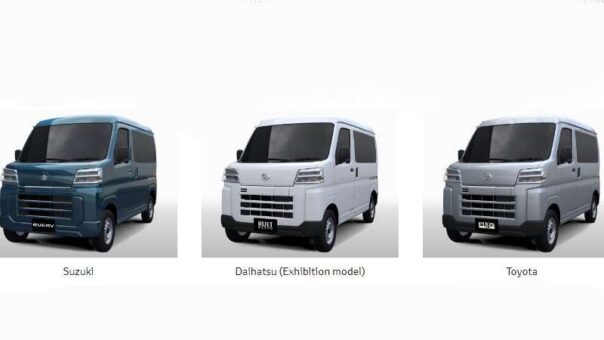Islamabad, June 12, 2025 – As part of its broader green transition agenda, the government of Pakistan has introduced a bold and transformative measure through the Finance Bill 2025: the enactment of the New Energy Vehicles Adoption Levy Act, 2025. This legislation marks a significant step toward incentivizing cleaner transportation solutions and reducing fossil fuel dependency in the country’s automotive sector.
The primary aim of this proposed Act is to impose a special levy on internal combustion engine (ICE) motor vehicles in order to promote the adoption and market penetration of new energy vehicles (NEVs). This strategic energy policy reform is expected to play a pivotal role in reducing greenhouse gas emissions and aligning Pakistan with global environmental commitments.
Who Pays the Energy Levy?
Under the proposed levy framework, responsibility for payment is clearly assigned. For locally manufactured and assembled ICE vehicles, the manufacturer will be liable to collect and remit the levy. In the case of imported ICE vehicles, the importer will be responsible for payment upon entry into Pakistan.
This shift places the burden on key stakeholders in the automotive supply chain, signaling the government’s commitment to enforce energy-related policy changes through fiscal mechanisms.
Proposed Levy Rates
The levy is designed as an ad valorem charge, meaning it is calculated based on the invoice price or assessed customs value, inclusive of duties and taxes. The applicable levy rates are:
• 1% on ICE vehicles with engine capacity less than 1300cc
• 2% on ICE vehicles ranging from 1300cc to 1800cc
• 3% on ICE vehicles above 1800cc
• 1% on ICE-powered buses and trucks
The Federal Government retains the authority to revise these rates or add/remove specific vehicle categories via official notification. This flexibility allows for adjustments in line with future energy policy goals or market trends.
Exemptions from the Energy Levy
To encourage the adoption of clean energy solutions, several exemptions are proposed:
1. New energy vehicles (NEVs) – These include electric cars, plug-in hybrids with a minimum 50 km electric range, and hydrogen fuel cell vehicles.
2. Vehicles manufactured or imported solely for export purposes.
3. Vehicles owned by diplomatic missions or international organizations enjoying privileges under diplomatic law.
4. Any other vehicle categories as determined by the Federal Government via official notification.
These exemptions highlight the Act’s central focus: penalize polluters, reward clean energy adoption.
Legal and Administrative Provisions
The implementation, collection, recovery, and refund of the energy levy will align with the procedures laid out in the Customs Act, 1969 and the Sales Tax Act. Furthermore, the Federal Government is empowered to issue rules and orders to effectively enforce the provisions of the Act. This includes making emergency decisions in the event of technical or logistical challenges in executing the levy framework.
Key Definitions
To ensure clarity in application, several key terms are defined:
• Internal Combustion Engine Motor Vehicle: Any vehicle powered wholly or partly by fossil fuels such as petrol, diesel, CNG, or LPG.
• New Energy Vehicle: A vehicle powered solely by an electric motor (battery-run), a hybrid system with a minimum electric range of 50 km, or zero-emission technologies like hydrogen fuel cells.
• Motor Vehicle: A broad term covering everything from motorcycles and rickshaws to SUVs, vans, sedans, trucks, buses, and commercial vehicles.
• Bus: A passenger vehicle accommodating more than ten people, including vans and coasters.
• Truck: A goods-carrying vehicle with a payload exceeding 1500 kg, including pickups, loaders, and delivery vans.
A Major Shift in Energy Policy
The New Energy Vehicles Adoption Levy is more than a tax—it’s a fundamental shift in energy and environmental policy. With this measure, Pakistan is joining a growing list of countries leveraging energy levies to curb pollution and accelerate the transition to sustainable transport. By making traditional vehicles more expensive and clean vehicles more attractive, the government hopes to drive change from the assembly line to the streets.
This energy levy will not only generate crucial revenue for clean energy initiatives but also reshape consumer behavior, steering the automotive industry toward a greener, smarter future.
